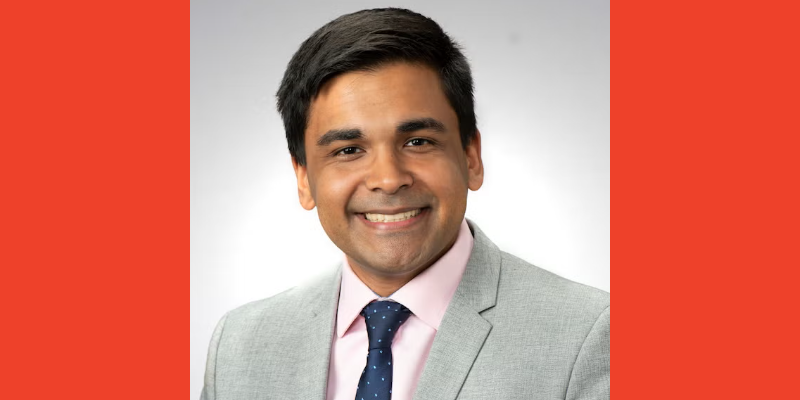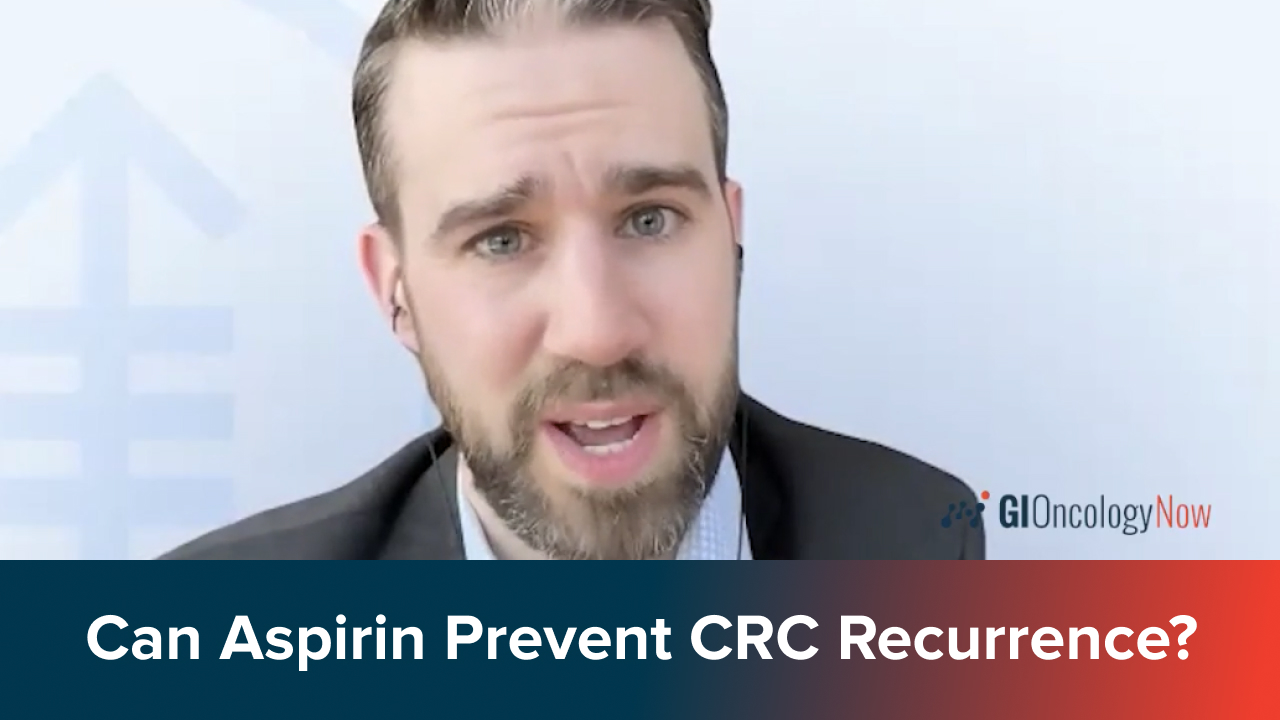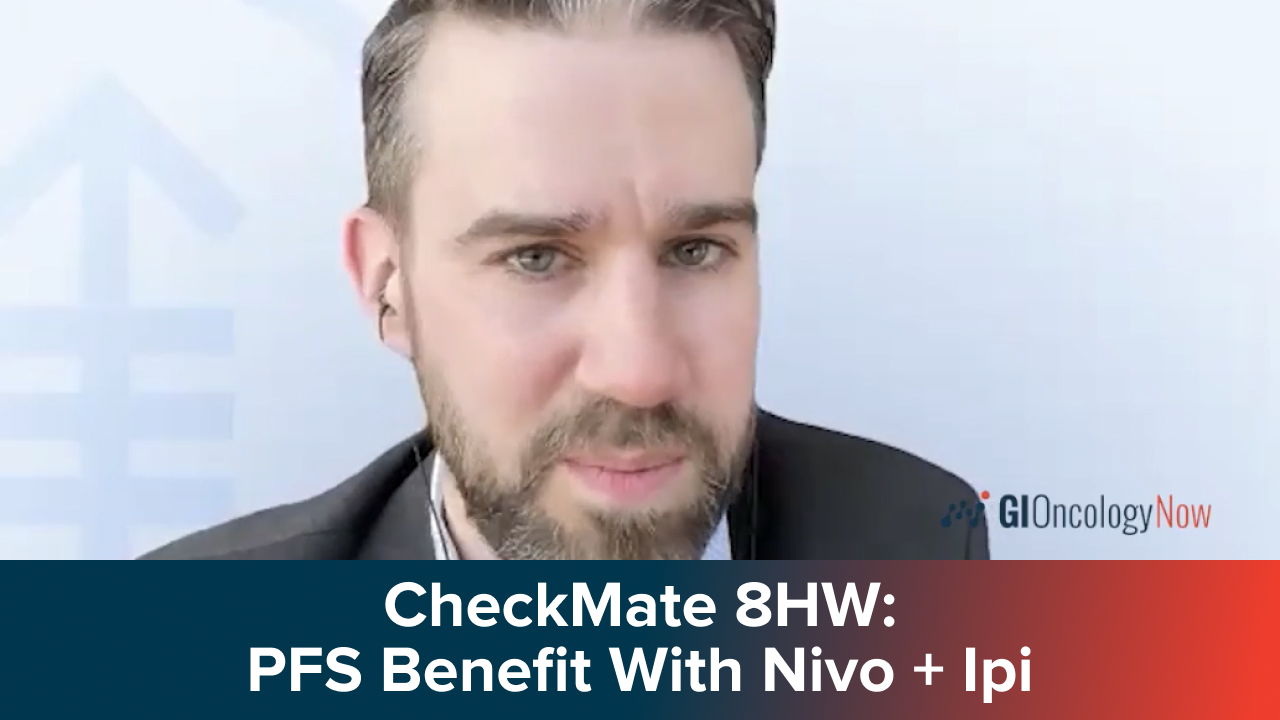Treatment Considerations for Oligometastatic Colorectal Cancer
By Shikha Jain, MD, FACP, Suneel Kamath, MD, Arvind Dasari, MD, MS, Sakti Chakrabarti, MD - Last Updated: March 19, 2025A roundtable discussion, moderated by Shikha Jain, MD, FACP, discussed the treatment sequencing, management, and future directions of advanced colorectal cancer, as well as relevant clinical trial data from the 2024 American Society of Clinical Oncology Annual Meeting. Dr. Jain was joined by Suneel Kamath, MD; Arvind Dasari, MD, MS; and Sakti Chakrabarti, MD.
In the third segment of the roundtable series, the panel details strategies for managing oligometastatic colorectal cancer, emphasizing the importance of a multidisciplinary approach, local therapies, and tailored treatments for younger patients with unique challenges.
View the next segment on Incorporating ctDNA, Novel Therapies Into Practice for Colorectal Cancer.
—
Dr. Jain: I want to skip ahead and then come back, because you brought up something important: oligometastatic disease. We typically see this in the liver, and sometimes in the lungs, but mostly in the liver.
I am curious what you all do in those cases. There are practices in Europe not commonly used here. What do you do when an oligometastatic lesion appears during treatment? What is your next step?
Dr. Kamath: The liver is complex, involving many teams, so a multidisciplinary approach is critical. Ensure surgeons are involved, get an MRI of the liver to pick up additional lesions and better characterize anatomy. If someone is resectable upfront, that is the best approach. Use other tools like Y90, SBRT, ablations, etc., to convert nonresectable cases to resectable ones. We also have liver transplants for metastatic colorectal cancer in a select population, showing long-term survival approaching 10 years. We will discuss some randomized data confirming this at this meeting.
Dr. Chakrabarti: The SABR-COMET study, a phase 2 randomized study, shows local therapies improve overall survival in oligometastatic diseases. If the metastasis is in the liver, I prefer local therapy because the liver protects the tumor from the immune system and chemotherapy. About 70% of people with metastatic disease have liver mets, and their prognosis is poor. I have a low threshold for using local therapy for metastatic liver disease.
Dr. Jain: Do you have a preferred local therapy, Dr. Chakrabarti?
Dr. Chakrabarti: I do not have a preferred therapy; it depends on the case. If surgery is feasible, we opt for it. If not, we consider thermal ablation, SBRT, or other modalities.
Dr. Jain: What about patients with unresectable primary tumors and oligometastatic disease to the liver? How do you handle those who cannot have their initial tumor resected but have one oligomet to the liver?
Dr. Kamath: That is tough and rare. Usually, the liver is the main issue. Radiation can help convert rectal or low sigmoid tumors to resectable. Systemic therapy response is key. I often use triplet chemotherapy, which can convert someone from unresectable to resectable, benefiting from complete resection of all sites. Though recurrence is possible, overall survival can be significantly extended.
Dr. Jain: How often do you check if a patient has become eligible for surgery? Every 8 weeks, 3 months, 6 weeks?
Dr. Chakrabarti: We check every 6 to 8 weeks to ensure therapy is effective. If not, we switch to another option.
Dr. Dasari: I agree. You evaluate resectability with every scan, especially with liver mets, considering hepatotoxicity from the drugs. It is crucial to act within 8 weeks before toxicity sets in.
Dr. Chakrabarti: I applaud Dr. Kamath for highlighting triplet therapy. It is underutilized, but we see many young colorectal cancer patients who can tolerate it. Studies show triplet therapy improves overall survival and increases conversion rates. With proper supportive care, it is not overly toxic and should be considered for these patients.
Dr. Jain: You are right, especially since we are seeing so many younger patients. Have you noticed a shift to younger patients since your fellowship? Besides triplet therapy, are there other methods or treatments you use differently for younger patients compared to older ones?
Dr. Kamath: Unfortunately, there is not much unique for younger patients; it is about using our existing tools more aggressively. We need to consider fertility preservation, social needs, and support for young families. Ensuring these aspects are addressed helps them access and continue care. Biomarker testing is particularly crucial for younger patients with typically left-sided tumors, often HER2 positive. It is essential to test both tissue and liquid biopsy for these biomarkers.
Dr. Dasari: Dr. Kamath, now that MSI testing is universal, we screen for Lynch syndrome and offer genetic counseling for younger patients.
Dr. Chakrabarti: Profiling is crucial. For young patients not responding to chemotherapy but with HER2 overexpression, I use anti-HER2 therapy to shrink tumors and make them resectable. Randomized data, like the EPOCH trial, show that systemic plus local therapy improves disease-free survival. Although it did not show overall survival advantage, the trial was not powered for that. So, we should try to resect these patients if possible.
Dr. Jain: I agree. Younger patients have different challenges, like young children, requiring us to balance aggressive treatment with quality of life to prolong life. Your ABC methodology highlights the importance of considering these factors.







 © 2025 Mashup Media, LLC, a Formedics Property. All Rights Reserved.
© 2025 Mashup Media, LLC, a Formedics Property. All Rights Reserved.